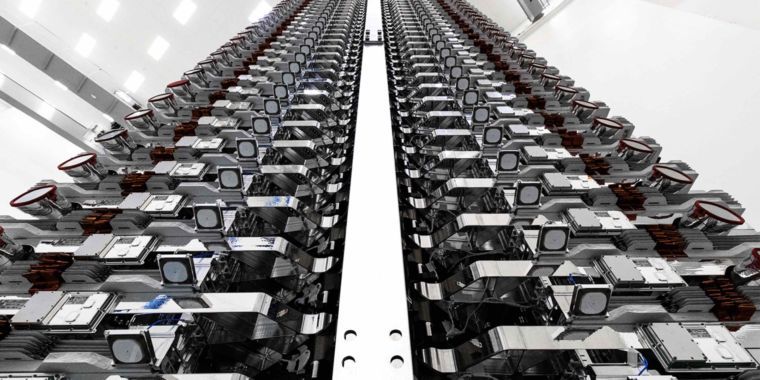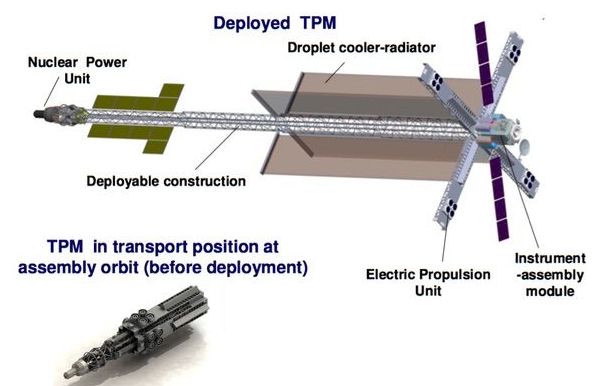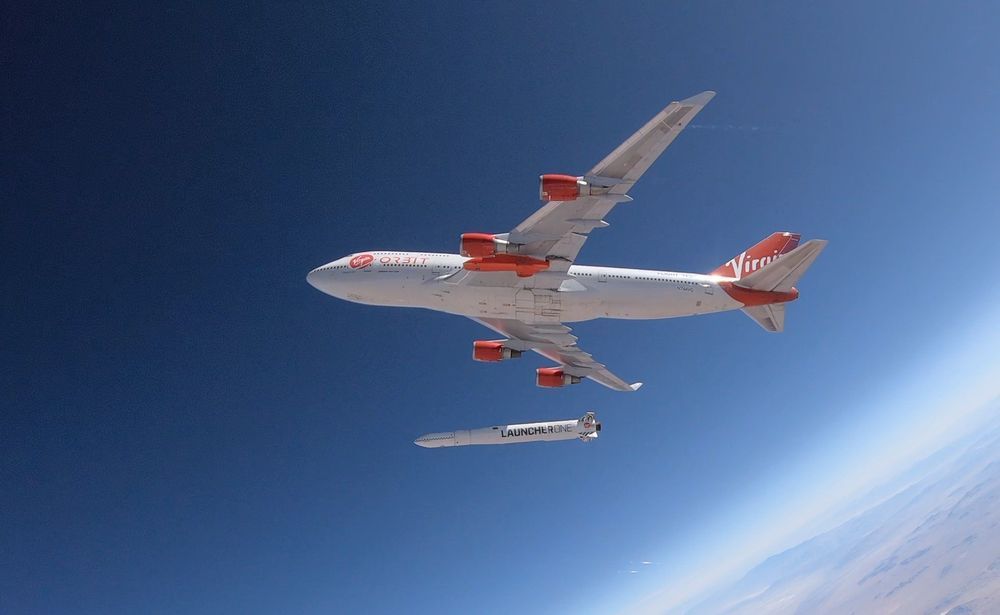SpaceX makes preliminary filing with ITU as it considers big Starlink expansion.



Researchers from Aalto University and VTT Technical Research Centre of Finland have built a super-sensitive bolometer, a type of thermal radiation detector. The new radiation detector, made of a gold-palladium mixture makes it easier to measure the strength of electromagnetic radiation in real time. Bolometers are used widely in thermal cameras in the construction industry and in satellites to measure cosmic radiation.
The new developments may help bolometers find their way to quantum computers. If the new radiation detector manages to function as well in space as it does in the laboratory, it can also be used to measure cosmic microwave background radiation in space more accurately.
“The new detector is extremely sensitive, and its noise level—how much the signal bounces around the correct value, is only one tenth of the noise of any other bolometer. It is also a hundred times faster than previous low-noise radiation detectors,” says Mikko Möttönen, who works as a joint Professor of Quantum Technology at Aalto University and VTT.

There is strong evidence from publicly available sources that a Russian company called KB Arsenal is working on a new type of military satellite equipped with a nuclear power source. Called Ekipazh, its mission may well be to perform electronic warfare from space.
KB Arsenal, based in St. Petersburg, is no newcomer to the development of nuclear-powered satellites. In the Soviet days it built satellites known as US-A (standing for “active controllable satellite”), which carried nuclear reactors to power radars used for ocean reconnaissance (in the West they were known as “radar ocean reconnaissance satellites” or RORSAT for short.) The satellites had been conceived in the early 1960s at the OKB-52 design bureau of Vladimir Chelomei before work on them was transferred to KB Arsenal at the end of that decade. The satellites’ three-kilowatt thermoelectric reactors, known as BES-5 or Buk, were built by the Krasnaya Zvezda (“Red Star”) organization. The US-A satellites operated in low Earth orbits at an altitude of roughly 260 kilometers and, after finishing their mission, the reactors were boosted to storage orbits at an altitude of about 900 kilometers.


Lunar lander developer Intuitive Machines has signed a contract with SpaceX for its first mission to the moon. The company announced this week that a Falcon 9 will launch its Nova-C lander in 2021 as part of a rideshare mission, but terms of the deal were not disclosed. The company won a contract from NASA in May to carry five payloads to the moon on that mission as part of the agency’s Commercial Lunar Payload Services program. Separately, a federal appeals court this week upheld a verdict in favor of the company in a suit against Moon Express, another commercial lunar lander company. That suit, involving work disputes between the companies, led to Intuitive Machines receiving $4.1 million in cash and stock. [SpaceNews]
Maxar Technologies awarded a contract to Deployable Space Systems to manufacture flexible solar arrays for the first element of NASA’s lunar Gateway. The contract this week is for a pair of Roll Out Solar Array solar panels, each capable of producing 32.5 kilowatts of power. The arrays will be used on the Power and Propulsion Element that Maxar is building for NASA that will serve as the foundation for the Gateway in orbit around the moon. [SpaceNews]
A startup planning propellant depots in orbit for refueling satellites has raised $3 million. OrbitFab announced Thursday it raised the seed round of funding from venture capital fund Type 1 Ventures, Techstars and others. The company is working on technology to allow for refueling of satellites using small depots in orbit, and recently tested that technology on the International Space Station. At a conference in Washington earlier in the week, the company said it was still working on raising a funding round but hopes to have its first tanker in orbit by the end of next year. [TechCrunch].





TOKYO (Reuters) — Inspired by new ultra-thin solar panels developed for satellites, a project led by Toyota Motor Corp is experimenting with a sun-powered Prius that it hopes will one day require no plugging in.
In the Japanese government-funded demonstration project, Toyota engineers fitted solar panels designed by Sharp Corp to the hood, roof, rear window and spoiler to see how much juice the sun can generate.
The electricity from the panels goes directly to the drive battery, so the Prius can charge while moving or when parked.